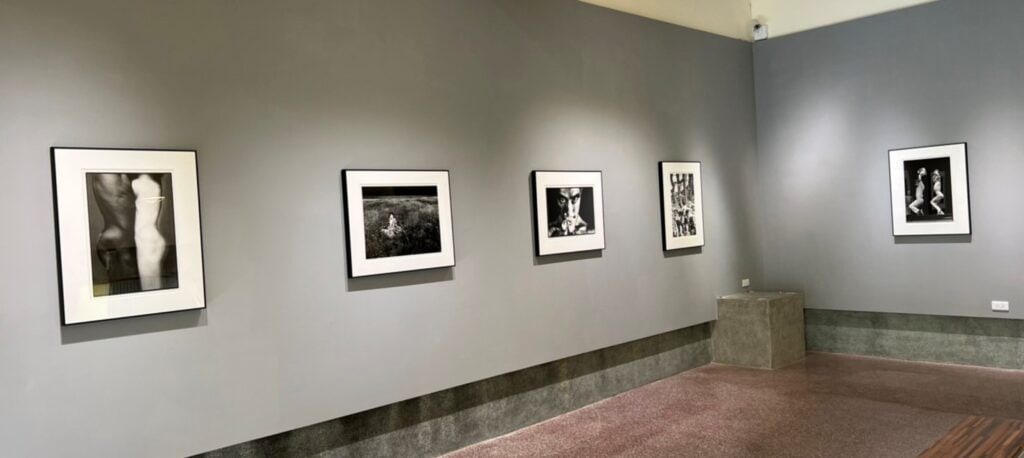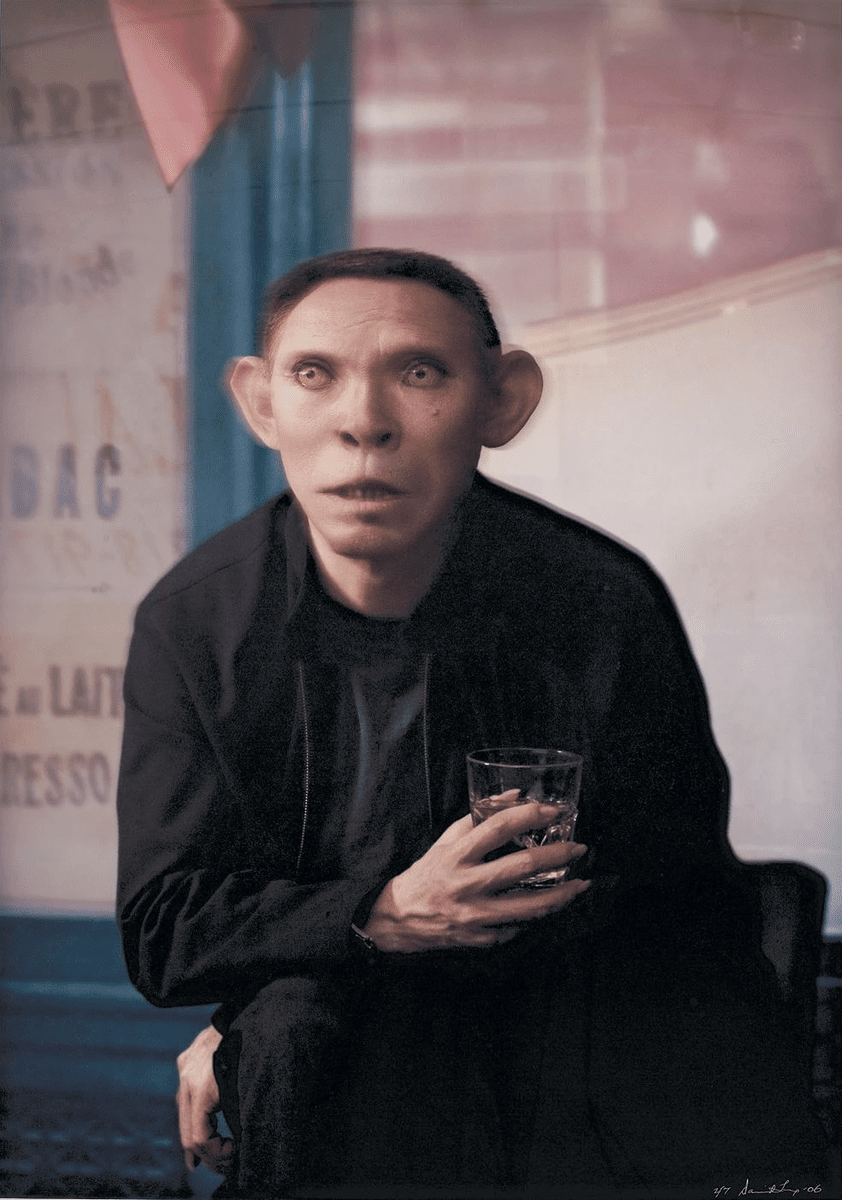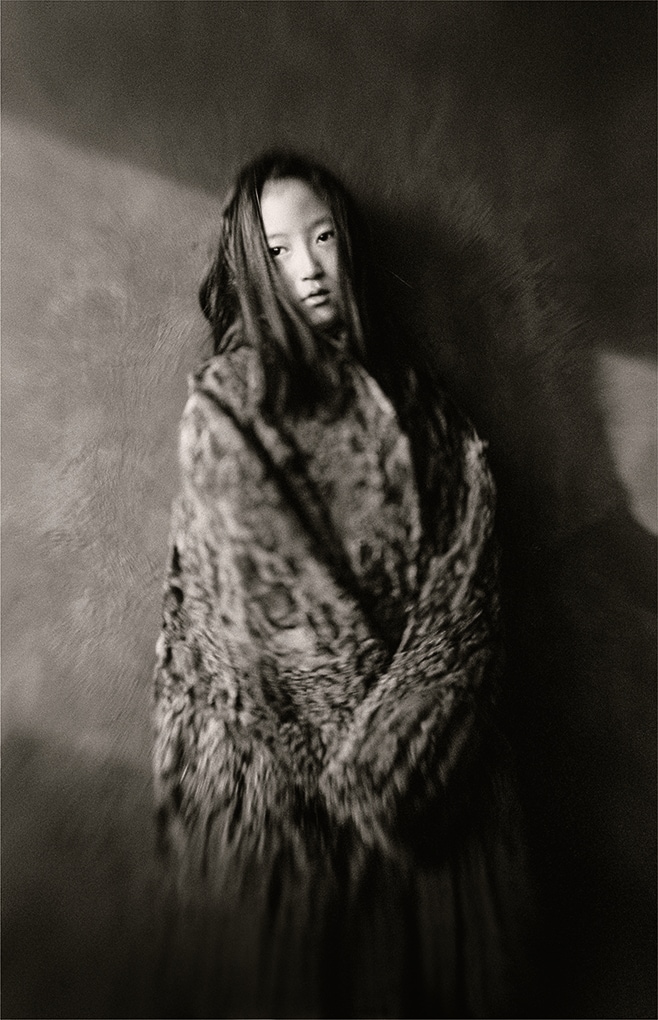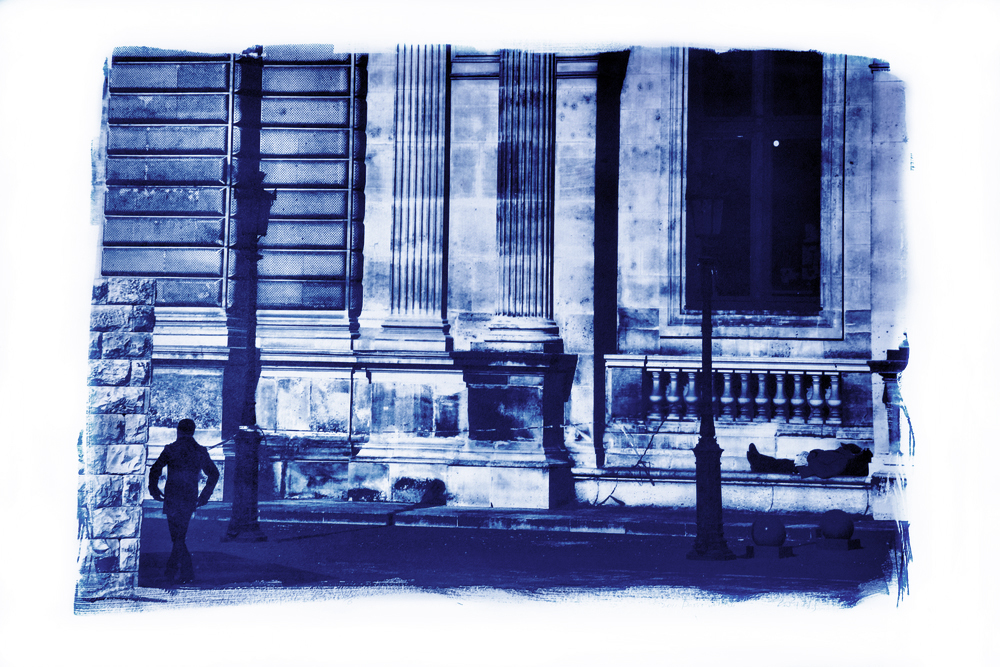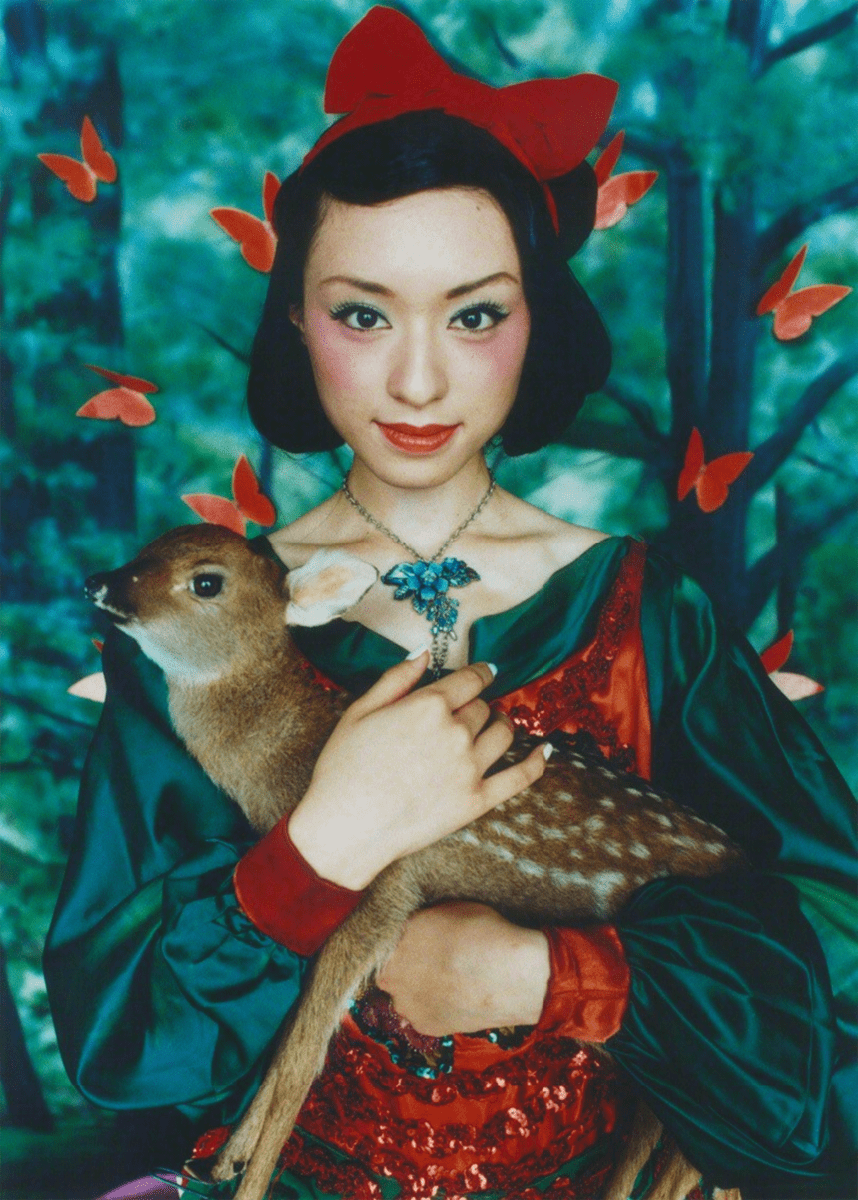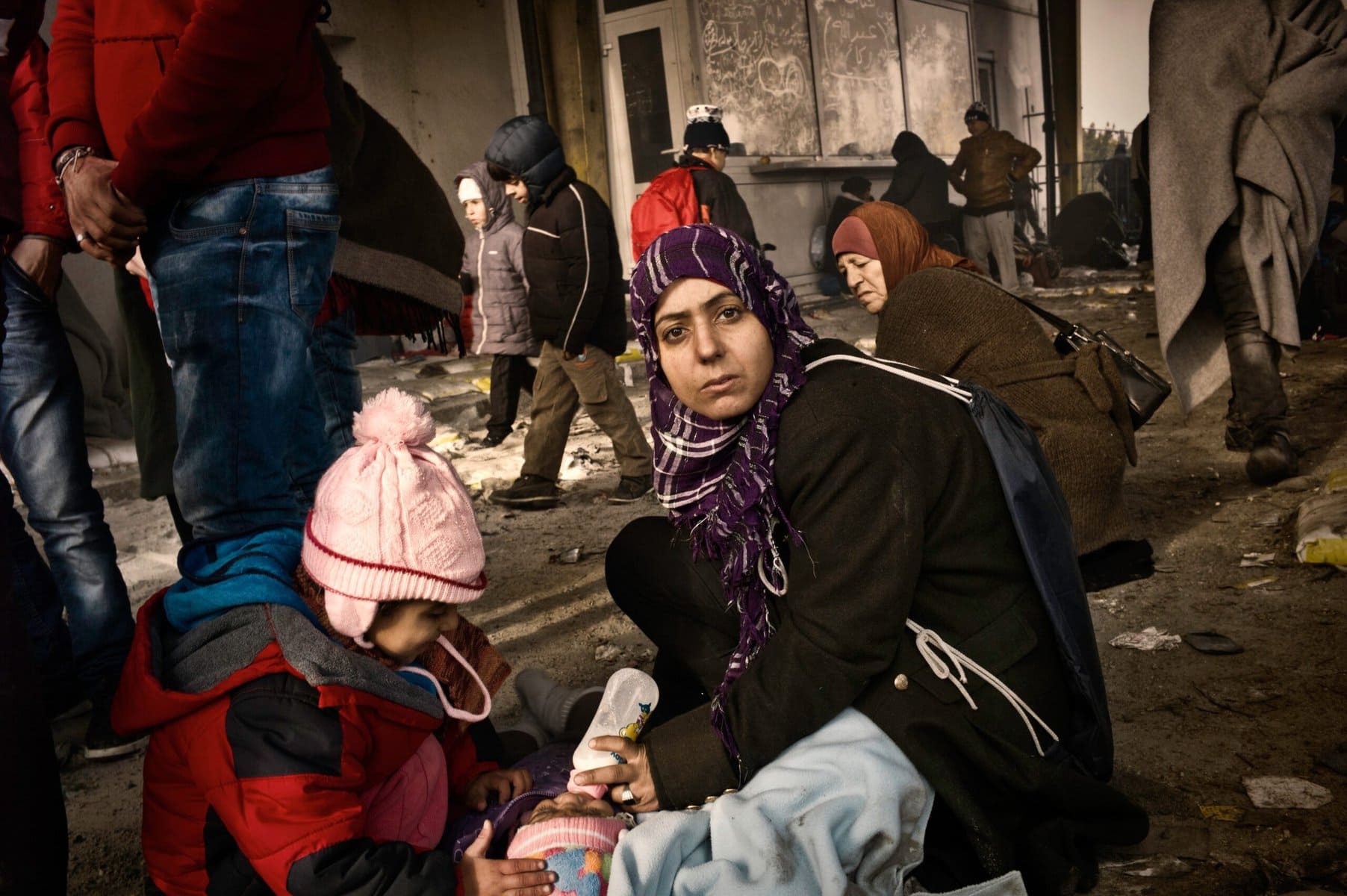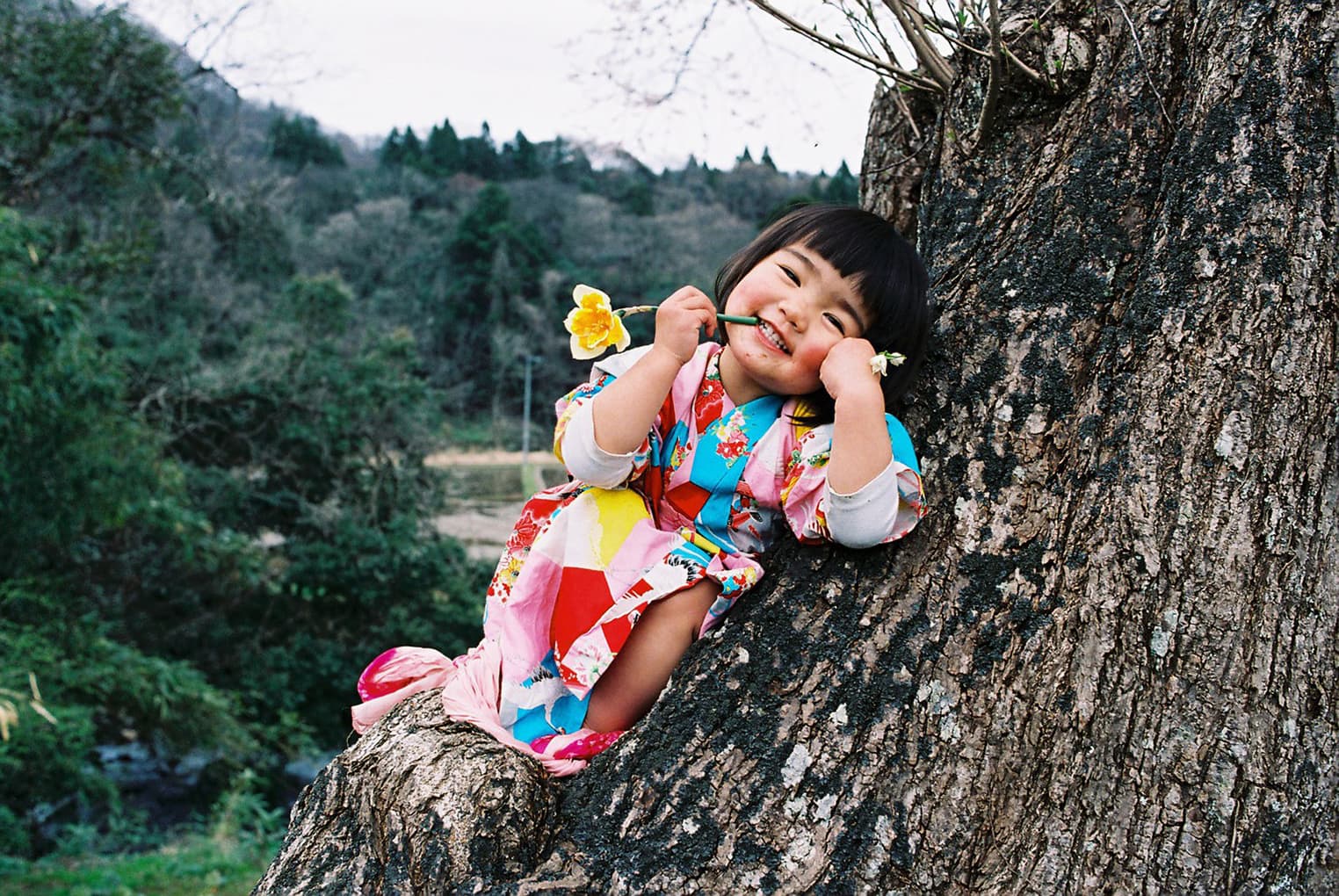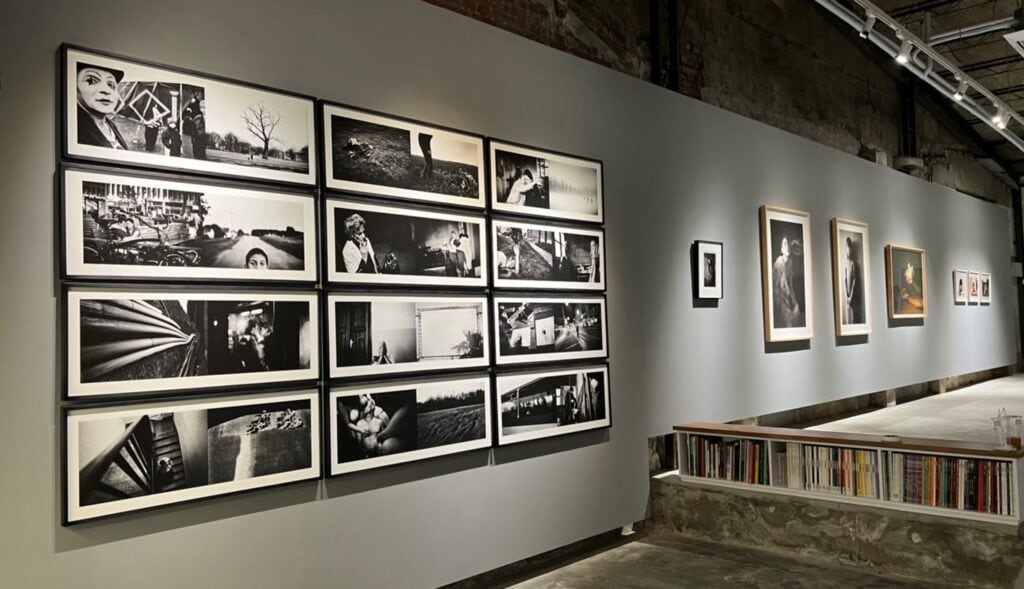Reflection of People in Times
By: Zhang Lihao
“The hunter in the photograph wears a hat. Today’s baseball caps, and the global youth trend of wearing them backwards, have replaced the traditional Polish brimmed hat and its particular declaration… In the 19th century, occupied Poland was not an independent country; wearing this hat was a way to preserve a unique form of sovereignty.”
— John Berger, “Here Is Where We Meet”
For a long time, we often read that “life is like a book.” However, with the continuous advancement of technology, in this digital age where images are constantly being produced, whether people like it or not, this saying could probably be revised to: “Life is like an image.” Especially under the global shadow of a major pandemic, this phenomenon has expanded to an unprecedented scale—interpersonal interactions have undergone drastic changes, and social media profile pictures or stickers have almost replaced everything… Facing such a scenario, on one hand, as some insightful observers pessimistically believe, the so-called reality no longer exists; on the other hand, it also opens up potential dimensions for art, prompting creators to explore aspects they had never considered before.
Like Eugène Atget (1857-1927), who, while documenting the frequently changing cityscapes of early 20th-century Paris, did not forget to capture the lower classes such as street vendors and cleaners, pouring out profound human concern; or Walker Evans (1903-1975), who chose to photograph subway passengers, relinquishing all control over exposure, composition, and posture, simply following chance and intuitively pressing the shutter, capturing these people in situations even more private than at home, reminding us that humans are always the most infectious subjects in the art of photography.
“Minor Lives—A Joint Photography Exhibition” thus came into being, assembling the works of seven highly active photographers from various nationalities, generations, and backgrounds. Like master perfumers, they extract the complex inner essence of humanity—blended with animalistic and divine traits—from their images. Here, photography is the best weapon against the encroachment of time, sometimes equivalent to words, always able to converse between images, writing out narratives that are precise in wording yet profound in meaning. Moreover, it acts like a magic wand with immense power, embellishing seemingly ordinary everyday scenes with the beauty and pleasure of fairy tales.
The aesthetic of the body and the exploration of human nature
As one of the most influential figures in the development of post-war Japanese photography, Eikoh Hosoe (born 1933) often revolves his themes around the intense beauty of the human body and the ongoing issues of life and death. His unique creative perspective has liberated photography from realism and linked it with contemporary art, theater, dance performances, and even literature and film, sparking many brilliant ideas. His series “Barakei” (Ordeal by Roses), which features the Japanese writer Yukio Mishima (1925-1970)—who revered the samurai spirit and sculpted his robust physique through fitness training—as a model, not only fully displays the strength and beauty of the human body but also lays bare Mishima’s near-obsessive fascination with the beauty of the body, still acclaimed today as one of the most visually magical portrait photography series.
By skillfully utilizing technology, Daniel Li (born 1945) has developed a series of digital images themed around half-human, half-beast figures, such as the exhibited “Daniel,” which is both a personal inner selfie and a profound allegory of species evolution and the multifaceted nature of human existence.
In a fitting dialogue, Feng Junlan (born 1961), both a minister and a photographer, seeks through his photographic works to understand and comprehend human faith. His calm, sketch-like portraits seem to outline a part of human divinity, always with a compassionate quality that deeply touches viewers, thereby embodying selfless love and care.
Jian Yongbin (born 1958) has long been dedicated to the relationship and aesthetic dialectic between image and painting. Through the use of hand-transferred, cyanotype, dichromate gum transfer, and carbon film transfer techniques, his photographic works possess the tactile brushstrokes of paintings. The exhibited pieces from the “Paris in blue” series seem to transport viewers back to the old Paris seen through the eyes of Eugène Atget, a concrete practice of the aforementioned concepts.
Majestic confidence and healing innocence
Mika Ninagawa (born 1972) once said: “The posture of life is so merciless and dazzling. Yet, new life continues to be born, moving towards death day by day… In these unfeeling days that repeat day after day, I still have to strive to live.” Her vibrant, glamorous, and dramatically tense portrait photography, as seen in her directed film “Sakuran,” and the vivid and confident image of the heroine Anna Tsuchiya, is undoubtedly her positive response to the impermanence of life.
Simon Chang (born 1978), especially through his works captured over many years in the Czech Republic—resembling snow-covered poems—always maintains a unique and leaping narrative quality. As he says, “Rather than decisive moments, I care more about the people in front of me and their lives.” The “Evaporation” series seen here, arranged with its internal logic, places two sometimes related and sometimes unrelated images side by side, forming extensions or breaks in meaning like words, thereby inviting doubts, inferences, and endless life stories.
Kotori Kawashima (born 1980) believes he is reflecting daily life while creating images with a touch of fantasy. In 2009, Kawashima met “Mirai-chan,” then only two years old, with her round face, large eyes, and rosy cheeks, who immediately became his first muse. Her elf-like, adorable expressions naturally revealed as she encountered many new things in the world were vividly captured in Kawashima’s images, bringing healing power to many people even today.
Indeed, an artist may not be able to alleviate the many predicaments humanity currently faces through creation, yet by revealing the reality they see and feel, they can evoke imaginations of hope in turbulent times. A glance at the image works of the aforementioned artists reveals that they not only capture slices of daily life but also interpret personal experiences, extending through their eyes and hearts to leave behind this era’s floating world of images, allowing us to clearly realize that even the smallest beings have a diverse landscape of life, as unfathomable as the universe.

